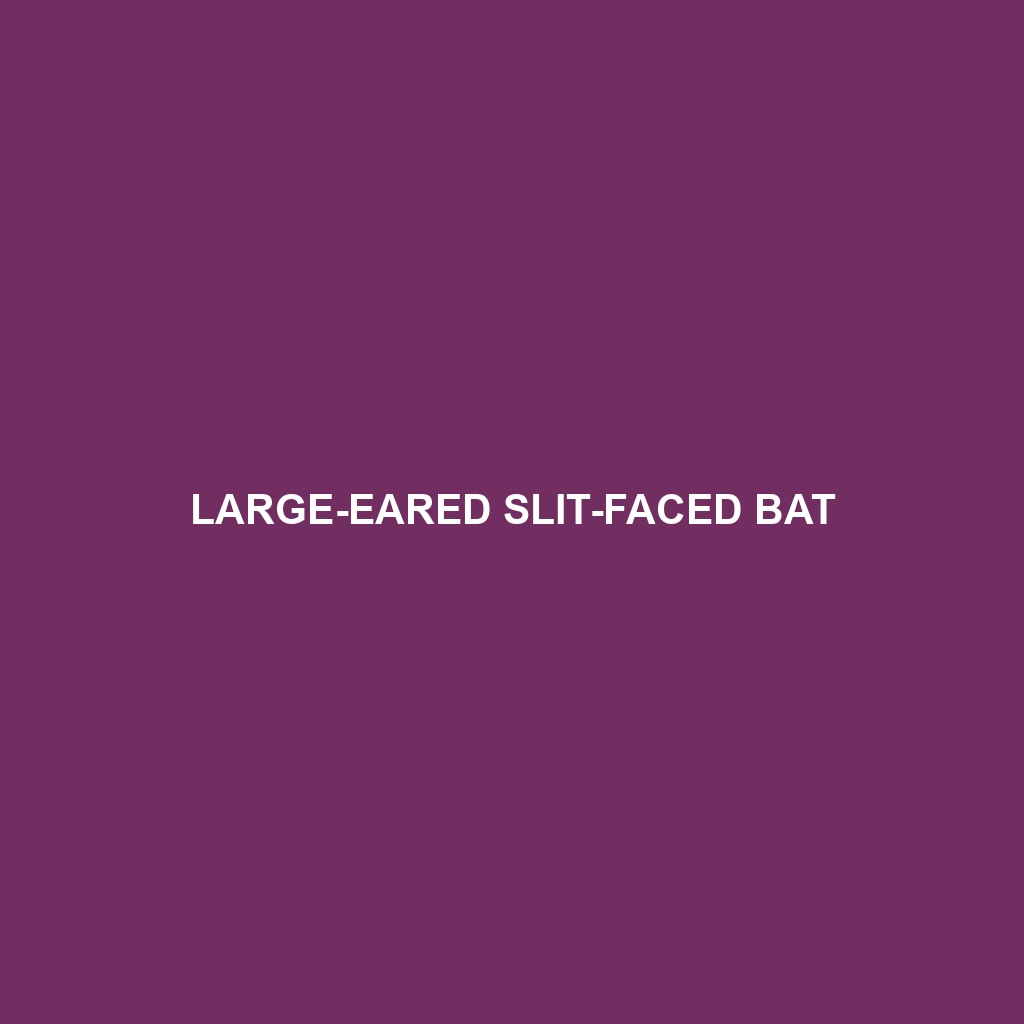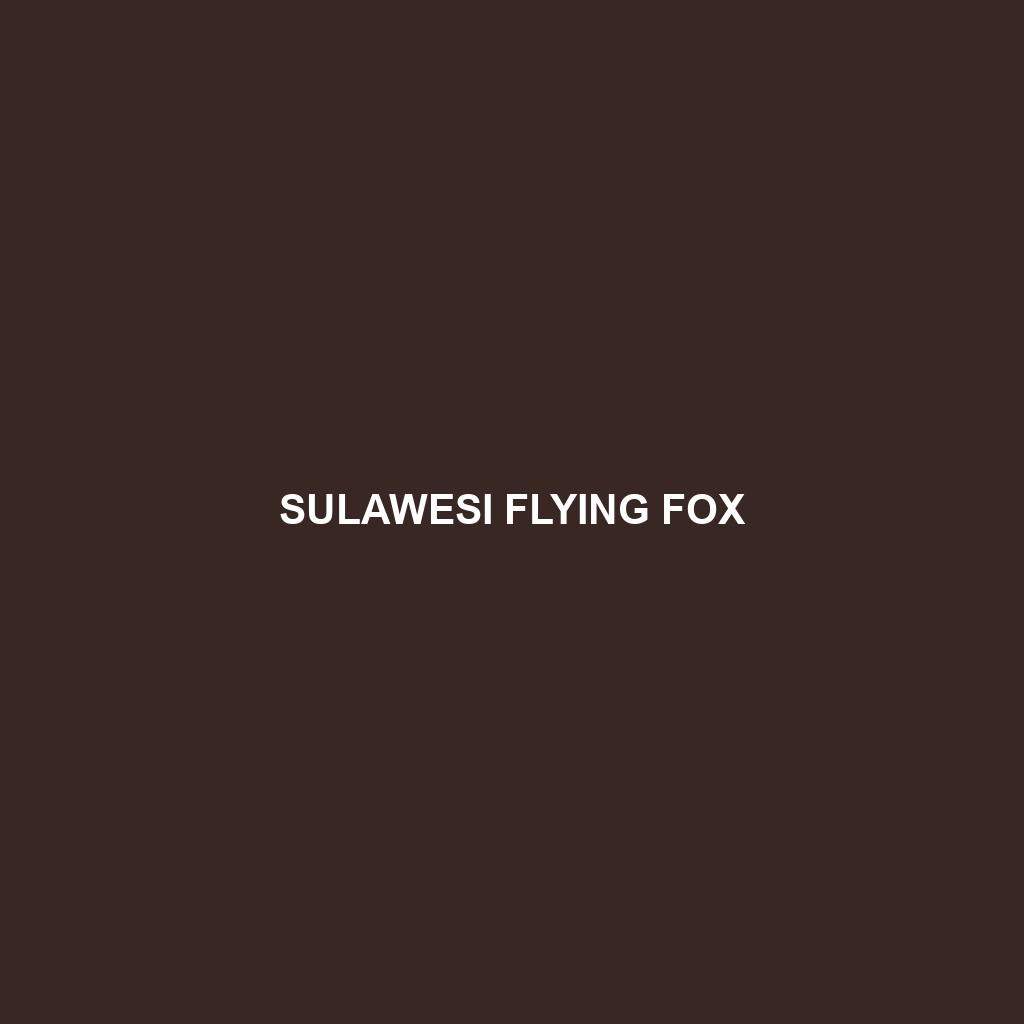Cyrtodactylus sangi, a nocturnal gecko native to the tropical forests of Southeast Asia, characterized by its light brown to olive green coloration with dark blotches, and its impressive climbing abilities. This fascinating species plays a vital role in its ecosystem, controlling insect populations while being a key part of the food web.
Tag: Indonesian fauna
Cyrtodactylus celatus
Discover the unique Cyrtodactylus celatus, a slender gecko from the tropical rainforests of Southeast Asia, known for its excellent camouflage, nocturnal foraging behavior, and diet of insects. This Vulnerable species plays a crucial role in maintaining ecosystem balance while showcasing remarkable adaptability to its environment.
Cyrtodactylus camortensis
Discover the Cyrtodactylus camortensis, a vulnerable gecko species native to the humid tropical forests of Southeast Asia, characterized by its distinctive brown to gray mottled coloration and nocturnal hunting behavior. This adaptable reptile plays a crucial role in its ecosystem by regulating insect populations and serves as prey for larger predators.
Cyrtodactylus arcanus
Discover the Cyrtodactylus arcanus, a vulnerable gecko species native to Southeast Asia's rainforests, featuring a distinctive brown and gray color pattern, exceptional climbing abilities, and a diet primarily consisting of insects. This nocturnal creature plays a vital role in its ecosystem as both predator and prey, while its adaptability includes the fascinating ability to regenerate its tail.
Calamaria boesemani
<p>Discover the <b>Calamaria boesemani</b>, a slender fossorial snake native to the tropical rainforests of Indonesia, known for its remarkable camouflage and essential role in controlling insect populations. With a vulnerable conservation status, this unique species thrives in humid, vegetated habitats, primarily feeding on small invertebrates.</p>
Calamaria abramovi
Calamaria abramovi, a slender, nocturnal snake found in Southeast Asia's tropical rainforests, measures 50-70 cm and features a light brown to dark olive hue with intricate patterns. This vulnerable species primarily feeds on small invertebrates like earthworms and plays a crucial role in maintaining ecosystem balance through its unique burrowing behavior.
Large-eared Slit-faced Bat
Discover the intriguing world of the Javan Slit-faced Bat (*Nycteris javanica*), a small yet remarkable species native to the rainforests of Southeast Asia. With its unique elongated face, agile flight, and vital role in pest control and pollination, this vulnerable bat showcases the delicate balance of its ecosystem. Learn about its habitat, diet, and the important conservation efforts needed to protect this fascinating nocturnal creature.
Sulawesi Flying Fox
Explore the captivating world of the Sulawesi Flying Fox (*Pteropus alecto*), a remarkable bat species native to the lush forests of Sulawesi, Indonesia. With its impressive wingspan, nocturnal foraging habits, and vital role in pollination and seed dispersal, this 'Vulnerable' species faces significant threats from habitat loss and hunting. Discover their unique behaviors, fascinating physical traits, and the urgent need for conservation efforts to protect this integral part of the ecosystem.
Mount Banahaw Tree Mouse
Discover the fascinating world of the **Hutan White-toothed Shrew**, a unique species thriving in the tropical rainforests of Southeast Asia. With its distinctive white teeth and agile foraging habits, this nocturnal creature plays a vital role in controlling pest populations and maintaining the health of its ecosystem. However, due to habitat destruction, it faces the threat of vulnerability, emphasizing the need for urgent conservation efforts.
Earth-colored Mouse
Discover the fascinating world of the **Thick-tailed Sulawesi White-toothed Shrew** (*Notogcnus kabiri*), a unique mammal thriving in the lush tropical forests of Sulawesi, Indonesia. This nocturnal creature, characterized by its distinctive thick tail and robust size, plays a crucial role in its ecosystem by controlling insect populations and aiding in soil aeration. However, faced with threats like habitat loss, this vulnerable species highlights the urgent need for conservation efforts to protect its delicate environment.









